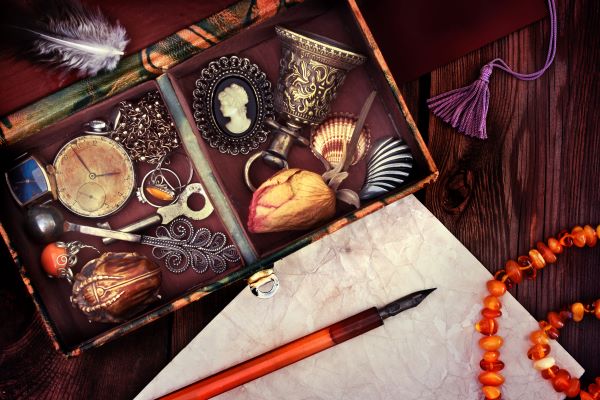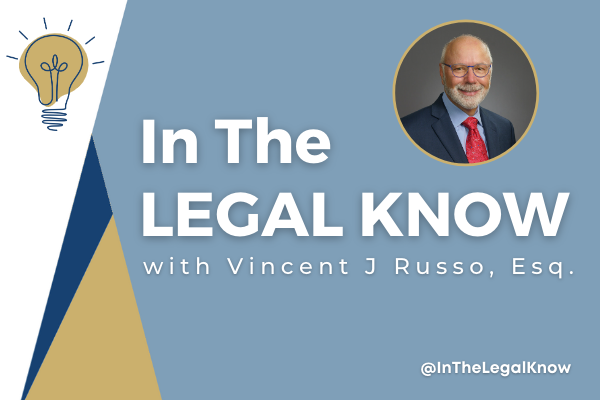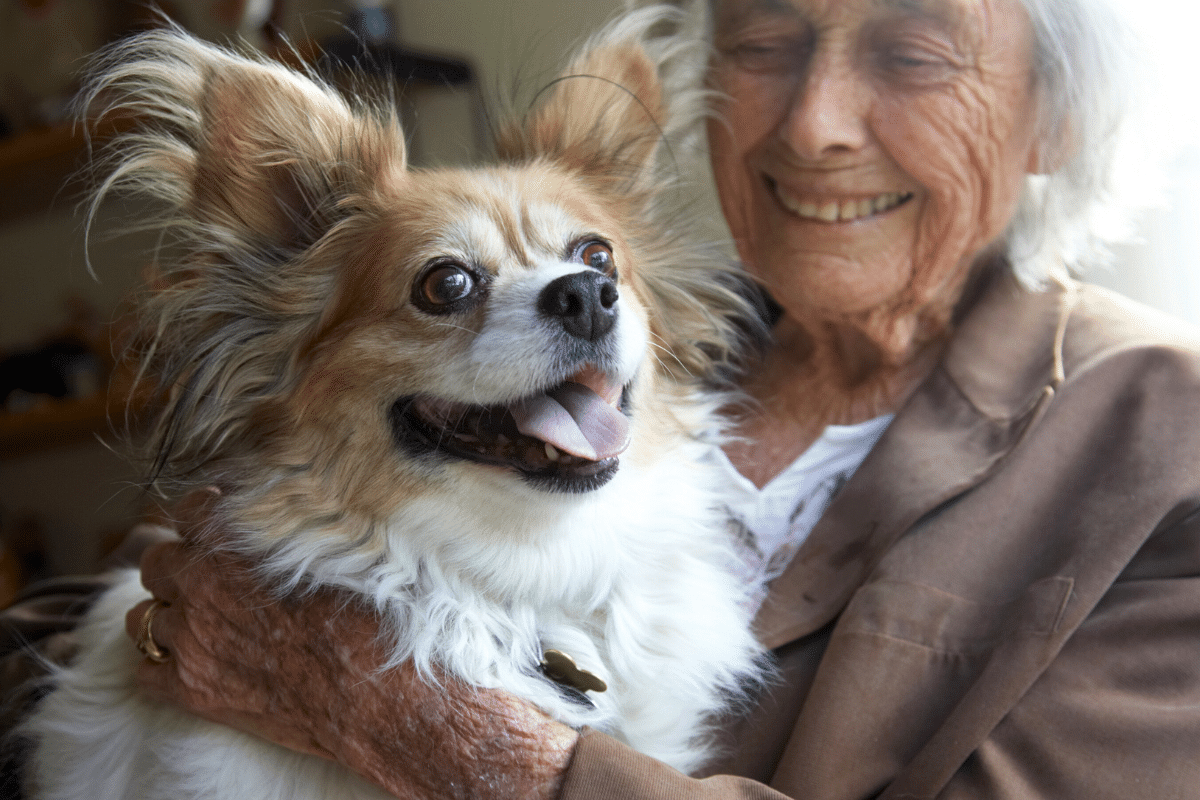Watch “In The Legal Know” with Vincent J. Russo Vincent appeared on CFN Live on…

Memories Are Often Attached to Your Personal Possessions
Imagine your estate plan is created and ready to go. You are protecting your home, investments, and savings, ensuring that your family gets your valuable items fairly and efficiently. You’ve also preserved your legacy from your children’s potential divorces or bankruptcies. What could go wrong?
Well, you may not have considered how to handle a lifetime of personal possessions. This list of items is typically not included in your will or trust. As you are surrounded by them daily, you probably have no clue how much you have or their entire value. These include family photos, artwork, memorabilia, collectibles, furniture, and more. Who gets personal items after you pass is up to you. Spend time thinking about how you want your possessions to be shared with your family when you’re gone. They will become important reminders for your loved ones of the relationships you shared.
Memories Add Sentimental Value
You may be surprised how important some items are due to the memories a spouse, children, or grandchildren cherish about spending time with you and gathering in your home. Your family’s memories of you are connected, through random things, in emotional ways that rarely have anything to do with the actual cash value of the items. For example, a bowl in which you served breakfast to a now grown-up child may have irreplaceable sentimental meaning. Likewise, a favorite piece of costume jewelry worn for a special occasion or a well-remembered favorite sweater help them recall what they enjoyed most about you.
Or you may have items that are really valuable. Think about what may be listed on a homeowners insurance policy in addition to the included personal property amount. If you don’t plan to allocate that value fairly among family members, these might create arguments that turn into lasting disputes. Each family member may believe “promises” were made—real or perceived. Valuable items may go missing toward the end of your life or after you pass. It is helpful to have an inventory for your family to reference.
Clearly Documenting Where You Want Items To Go
Assess the possessions that have actual cash value. If you own items like an original painting or an heirloom diamond ring, appraise them. Then consider how you might distribute them so family members will be treated equally. It might make sense to require family members to sell these high-value items, dividing the proceeds. Or, allow family members to buy the item from your estate.
Group your possessions into clusters to make the gift process more efficient. Items that match should be kept together, like dining room furniture, good china, or a bedroom set. Separating these items also decreases their value.
Communicate with Your Family
Take photos of your belongings and think about how to offer them to your family. You can circulate the photos to one person at a time or call a family meeting and let them choose what they would like. Then tell everyone you are keeping a list, and the photos with the agreed designations, together with your will.
Your estate planning documents are only a piece of the puzzle. Other instructions, letters, or lists remove doubts about your intentions. How you leave tangible pieces of family history matters as much as your properties, vehicles, investments, or insurance. Take care when passing along your personal things to family and friends. The last thing you want is to hurt someone’s feelings. Avoid confusion, maintain relationships, and ensure everyone remembers you with warmth and respect.
Please contact Russo Law Group, P.C. to speak with a qualified elder law and estate planning attorney to tailor a plan for you or your loved one. There are many things you may not have prepared for or considered yet. It’s our job to help you see the full picture.




This Post Has 0 Comments